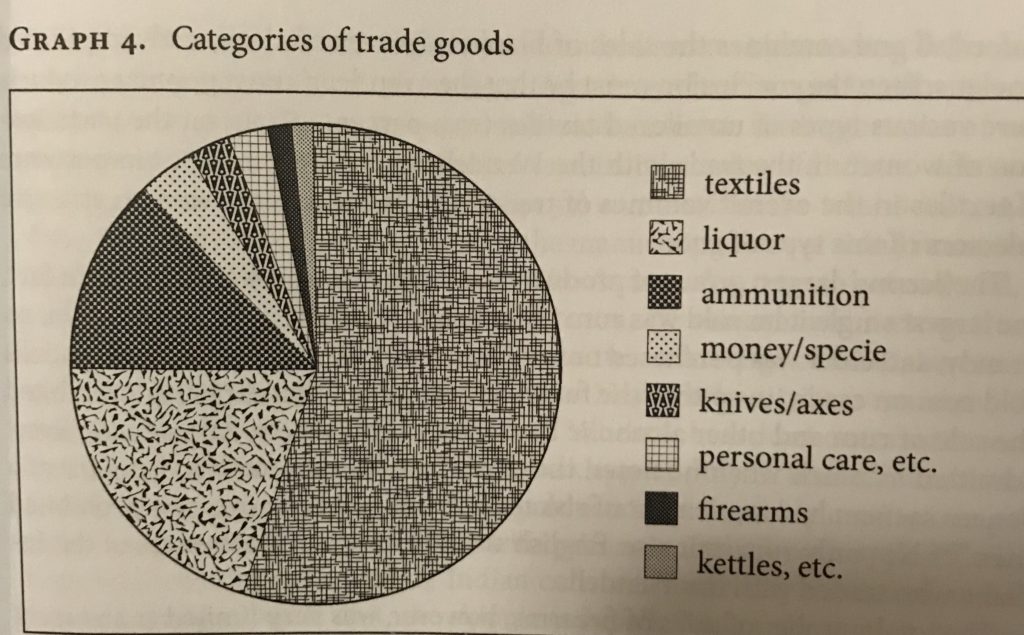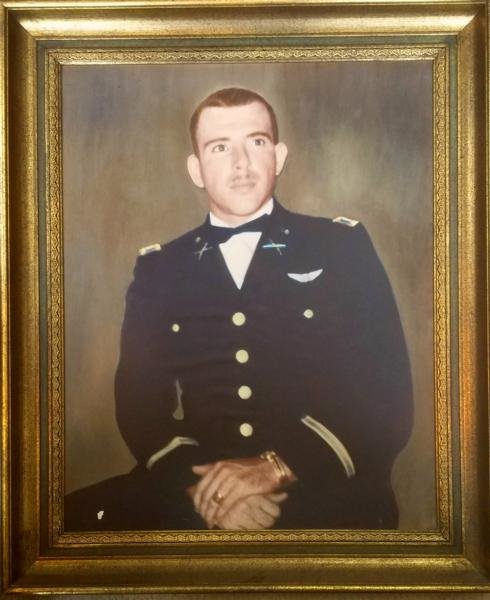-
Rough draft feedback
Please complete the feedback form for three of your classmates by the start of class on Thursday!
-
Pirate Trials Rough Draft
Opening paragraph will have brief history of piracy and the documents used for this project.
-
-
-
Economic Development & Industrialization in the Russian Empire (Rough Draft)
Below is a “rough draft” of the data I’ve cleaned and analyzed on economic development in the Russian Empire, 1700-1913. This information was compiled using data from RUSCORP: A Database of Corporations in the Russian Empire, which contains information from the charters of over 4500 corporations within the empire in the aforementioned years. At the end, I will specify my next steps as well as elements that are currently in the works.
-
Adventures in the Fur Trade
*I apologize for providing you all with the roughest of drafts. It’s been a hectic few weeks so I haven’t gotten much work done on this project*
Why Do We Call it the Fur Trade?
I asked a group of college educated (though not in history) students what was traded in the fur trade, I had two main responses. The first, “fur”. The answer was simple, to the point, and did not require much thought. The other response I received more than once was “I don’t know but when you tell me I’ll feel stupid for not knowing.” Once response that stuck out was, “They were trading humans for fur”. These answers presented me two questions, “why do we call it the fur trade?” and “how can we improve basic understanding of such an important time in the continent’s history?”
The Fur Trade began in the 1500s, coinciding with both the “discovery” of America as well as a growing market for fur hats in Europe. It’s dedication as “The Fur Trade” soon followed. Records from early explorers, such as Samuel de Champlain’s The Foundation of Quebec, 1608, refer to the business as the Fur Trade. However this term is, in some ways, a misnomer. As can be seen with the students from earlier, there is a lack of understanding of what the fur trade was past what its title reveals. In actuality, for Native American traders, the fur trade was about much more than fur. It involved cloth, alcohol, weaponry, and food. By some historians accounts, trade became a method of survival.
(I will add more information here about statistics, prevalence of the trade, and the use of Evert Wendell’s account book as a primary source document.)

Chart pulled from Kees-Jan Waterman’s “To Do Justice to Him & Myself” I will recreate this in a digital format and use it in my project to describe the varying degrees of importance of certain trade items. Creating another name for the fur trade would be arduous, and most likely unsuccessful, however, that does not mean that the current state of discussing the trade should be kept. Interactive learning can bridge this gap between the realities of history and how it is taught. Through use of an interactive timeline and a Choose-Your-Own-Adventure Twine game, I hope to increase awareness of the purpose of the fur trade for European and Native American participants alike.
(The game is in its early stages, as I am still figuring out how to work Twine. I am open to all suggestions regarding making gameplay fun/easier to work.)
-
Picturing the Adirondacks | First Draft
I attempted to build my own web page for my project, so click here to see it!
-
-
England’s Immigrants Rough Draft
The data set used was compiled by government records, such as tax forms, meaning that the data set is not entirely representative of the amount of women who immigrated during this period of 1330-1550. The very fact that women were not included in some government documents, however, supports the claim that women were afforded less opportunities during this period, specifically economically.
This visualization intends to demonstrate the difference in employment of men and women at this time. Men had the opportunity to learn a trade through apprenticeships or learn a profession, such as law or medicine, whereas a woman was more likely to become an unemployed vagabond than a doctor, lawyer or even merchant.
The purpose of the world cloud is to once again illustrate the lack of opportunity for women in terms of employment. The word cloud which represents men shows the different professions practiced, such as a smith, merchant, brewer or baker. The cloud representing women, however, features the term “servant” most prominently as it was the most commonly practiced profession by women of the period. The cloud is predominately composed of men’s names as well, the names being of the men the women were employed to. During this time, women had less autonomy and were defined by men in society as well as in the eyes of the law.
-
Jeff Aldrich: Rough Draft
Here is a link to the rough draft of my project.
https://jdaldrich01.wixsite.com/digitalhistory
Thank you for the feedback!

